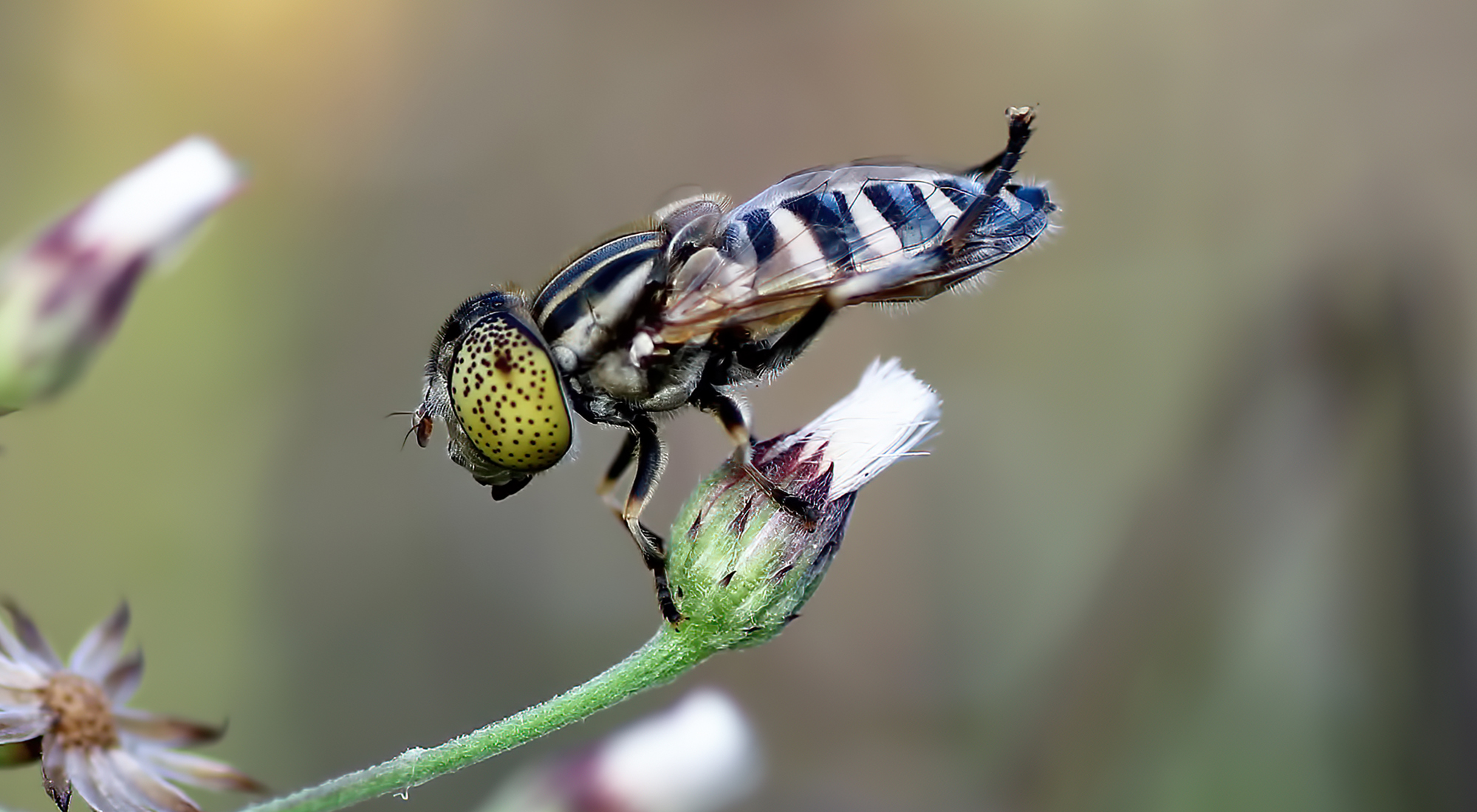Prime Hoverfly Areas (PHA)
Hoverflies are a valuable group of insect species due to their manifold roles in the ecosystem, such as pollination, biological control and they also serve as indicators of ecosystem change. Though their importance is well known and documented, little has been done considering their conservation and legal protection. In Serbia, 77 hoverfly species were designated by a national legal act (33 protected and 44 strictly protected species).

In order to change the current situation, an effort has been made through a national project (Conservation strategy for protected and strictly protected hoverflies (Insecta: Diptera: Syrphidae) in Serbia – Case study) to identify hoverfly species of conservation interest and to designate areas that are important for their prevalence in Serbia. These areas were named Prime Hoverfly Areas (PHA). The selection process was criteria-driven and based on expert opinion.
First faze was identification of species of conservation interest. In order to do that, five criteria were defined, similar to those used for identification of butterfly species of conservation importance. If a species met at least one criterion it was designated as important. The focus was on species protected by national and European legislation and species with limited distribution (local or regional endemics). A total of 155 species was designated as important.
The next step was designation of important areas. Again, five criteria were defined, based on those used for Prime Butterfly Areas, Important Plant Areas and Important Bird Areas designation. As was the case with the species criteria, if an area met at least one of the defined criteria it was designated as a Prime Hoverfly Area. In total, 38 areas were designated. Selection process considered a site’s contribution to the prevalence of species of conservation importance.
The total area covered by PHA is 3580 km2 (approximately 4% of the total country surface). Even though there is a high percentage of overlap between PHA and NPA (national protected areas) (2373 km2), areas that fall outside of the NPAs would greatly contribute to achieving conservation targets.

